Cool Things About The Wattled Smoky Honeyeater
- The Wattled Smoky Honeyeater was discovered in 2005 and was the first animal discovered in Papua New Guinea since 1939
- These particular birds can only be found amongst the Foja Mountains (which is located in western New Guinea)
- The most striking feature of the Wattled Smoky Honeyeater has to be the bright orange skin on their face…and the awesome orange wattle (the piece of skin that hangs down from their neck)
- Bruce Beehler, the researcher who discovered today’s featured animal, named it after his wife, Carol (the scientific name is Melipotes carolae)...isn’t that romantic?
Orange In The Face
So what is up with the bright orange face? I am not sure but it definitely makes them look incredibly cool. Other species in the same family also have a slight colouring in their face, however, it is not nearly as bright and prominent as it is with Wattled Smoky Honeyeater. Although, in those other species, when the bird becomes threatened, their fleshy face will become brighter in colour as if the blood was rushing to their face with fear. With the Wattled variety, their face is already so dark and colourful that you don’t notice and increase in colour when they are frightened. My guess is that this bright skin and wattle has something to do with communication, whether it is for mating or defensive strategies.
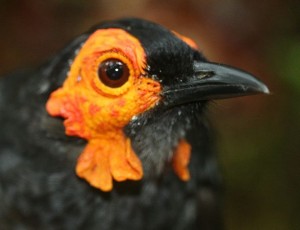
Why do you think their face is orange? Sound off in the comments below or on Facebook.
Mountain Living
Although their name implies they feed on honey (and maybe they do) the majority of their diet consists of small fruits, which are found in low bushes near the edge of the forest. Incidentally, it is in this area that are small bird spends most of their time. It makes you wonder why they weren’t discovered sooner if they are so close to forest openings. I guess part of the reasoning is that these openings are around 1600 metres above sea level in submontane forests. Perhaps people are so interested in getting to the top of the mountain that they forget to look around during their hike.

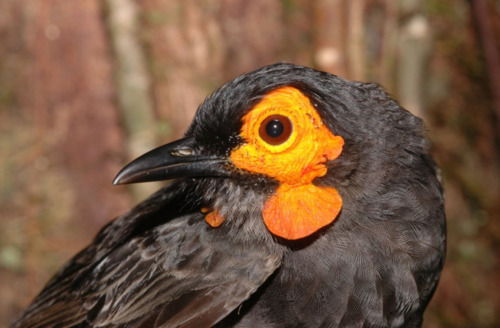

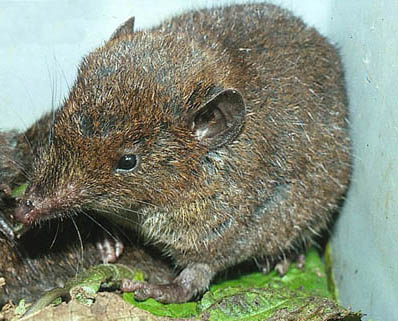
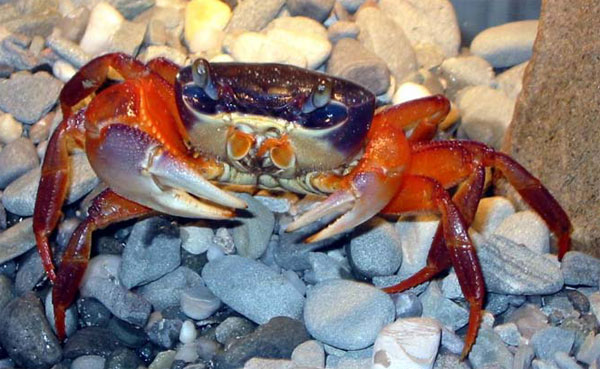
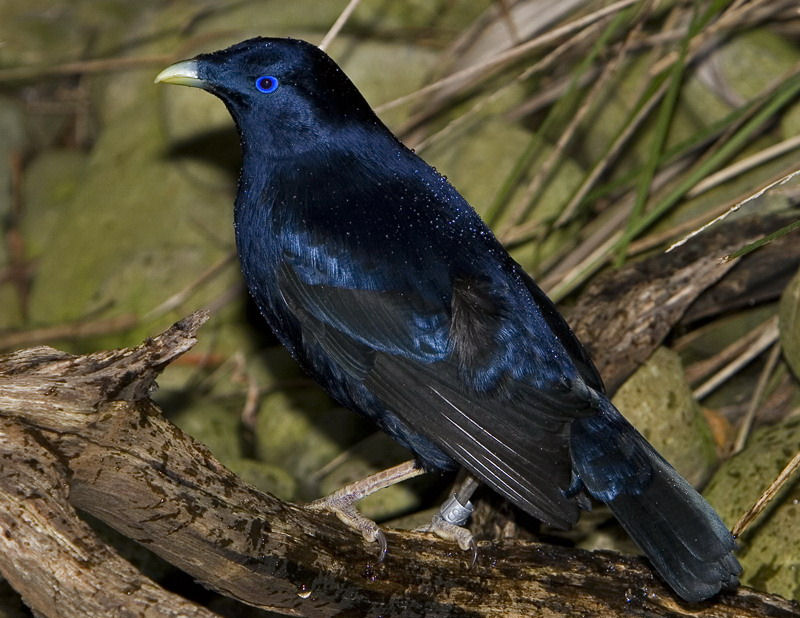
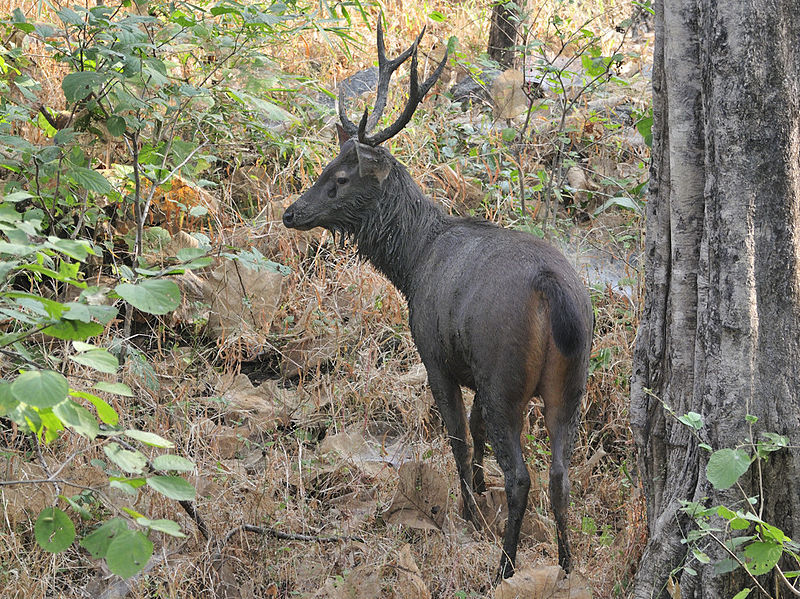
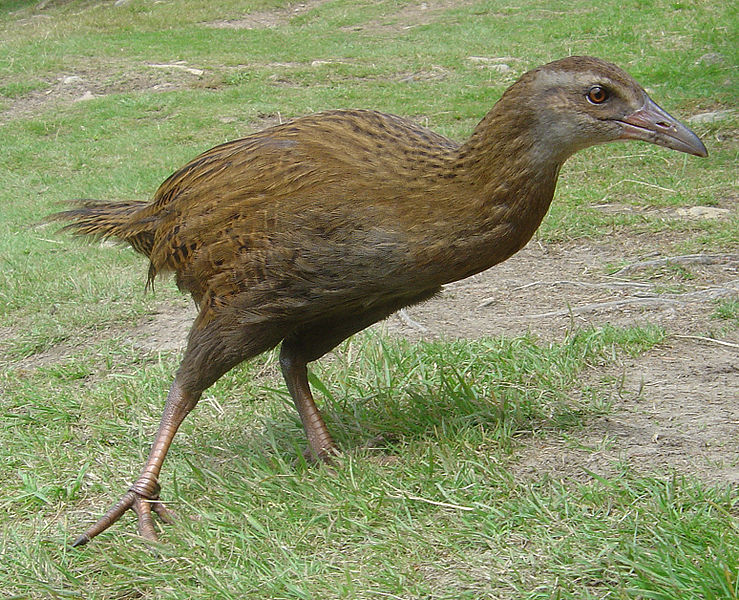
THANKS FOR THE IMFORMATION!